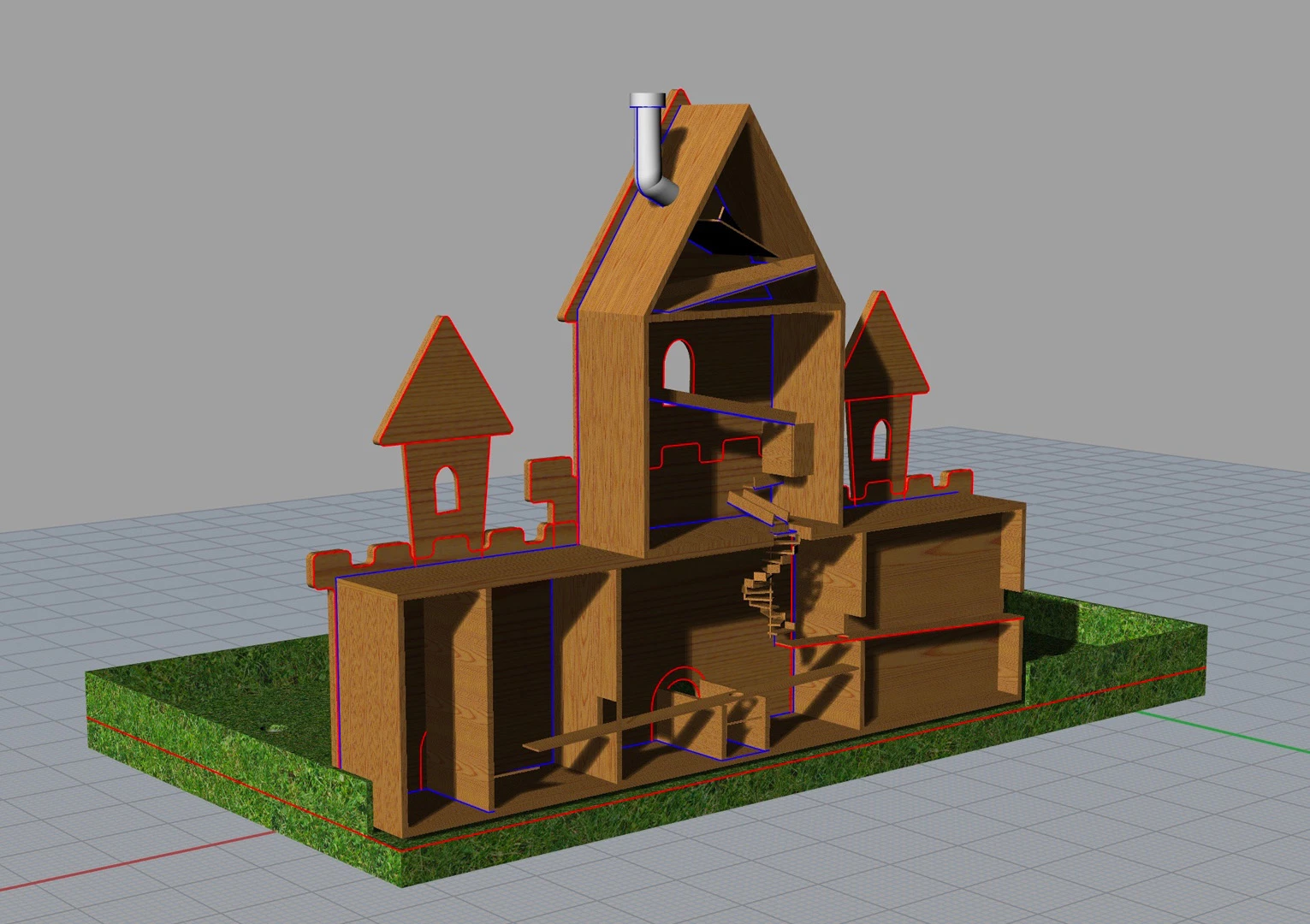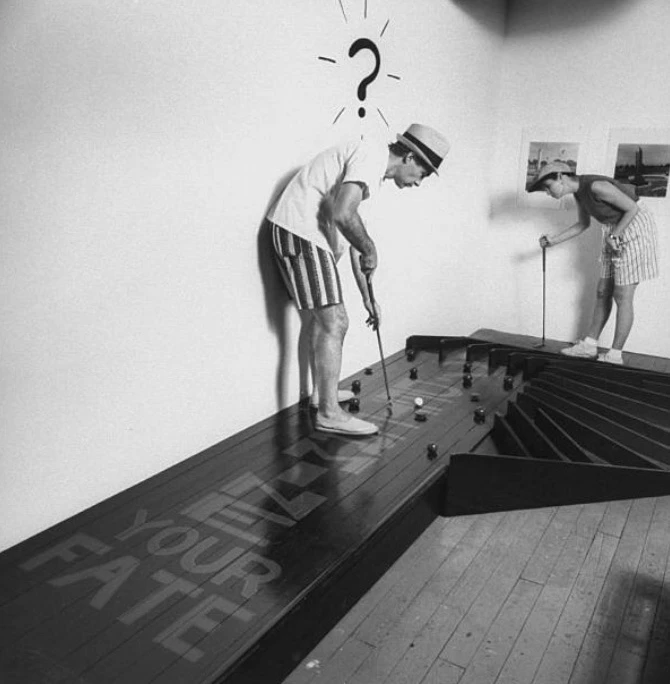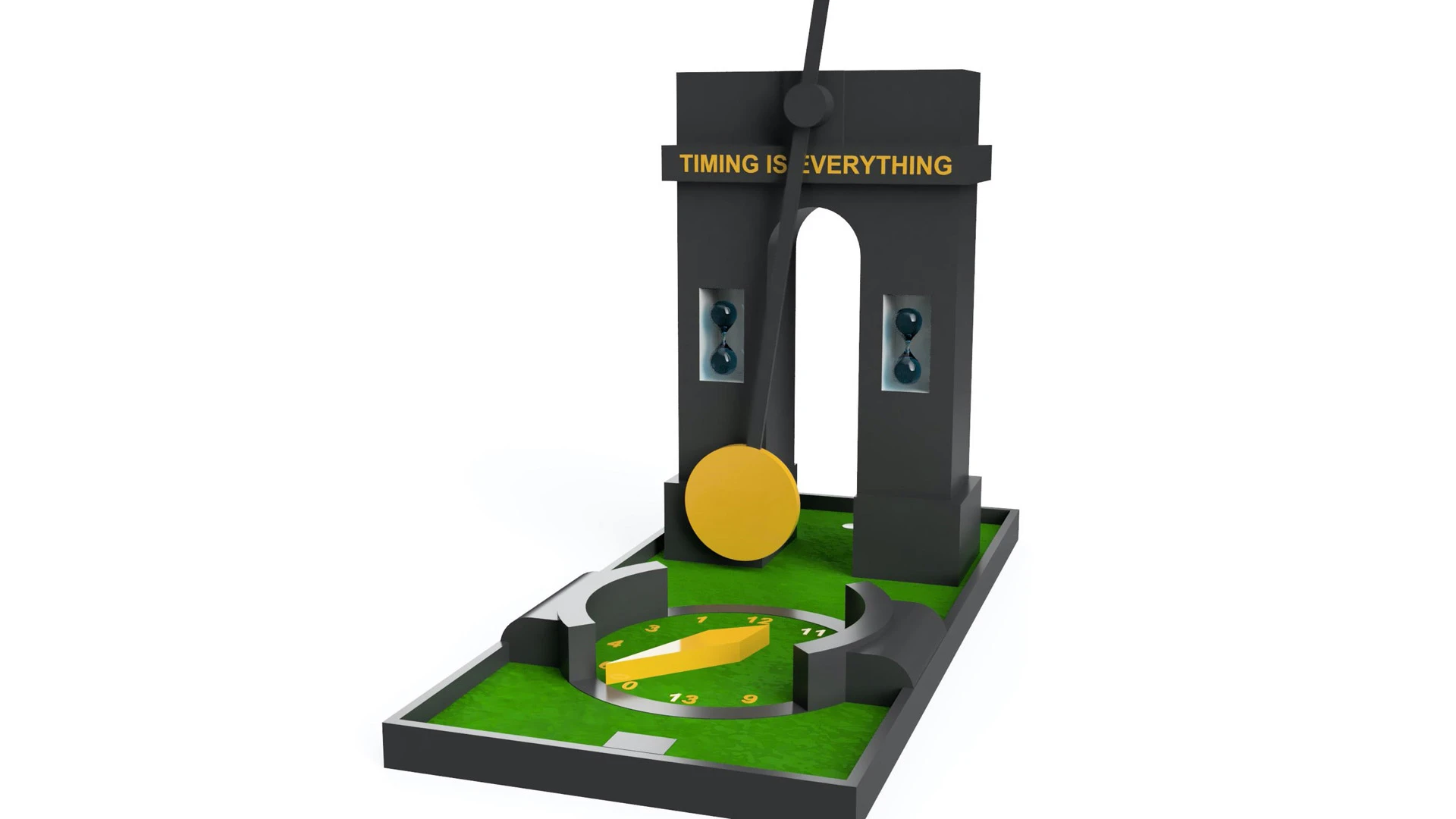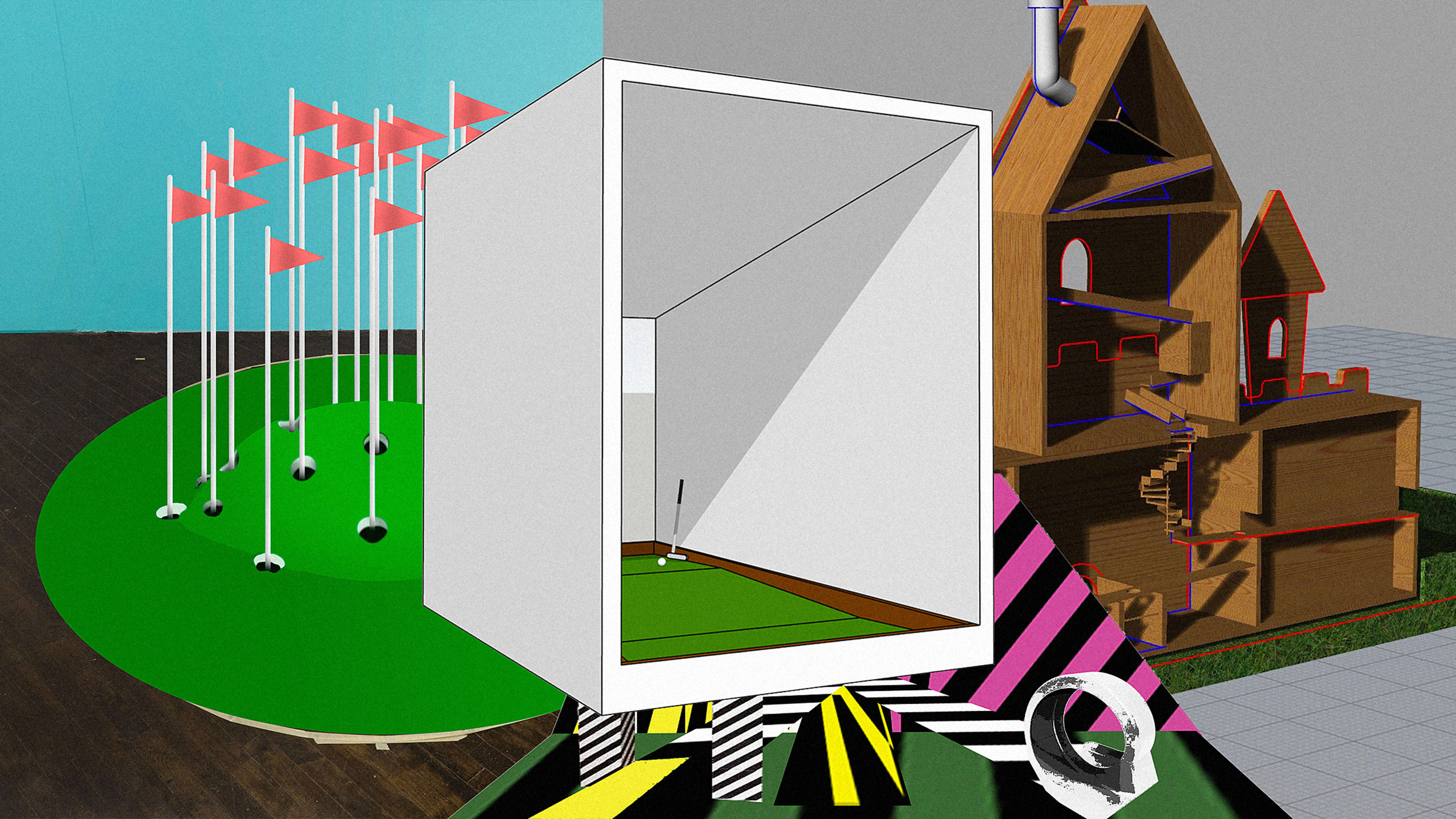Thirty-two years ago, Chicago’s art scene made history when an exhibit called “Par Excellence” debuted at the School of the Art Institute of Chicago. This was the first artist-designed golf course ever created, and museum-goers experienced recreation and art intertwined in new way.
The historic show, created by sculptor Michael O’Brien and several other Chicago-based artists, featured 18 creatively designed miniature golf holes, which visitors could play on. Though many artist-designed mini golf courses have popped up in the decades since, the city of Chicago is taking back rightful ownership of the curatorial idea. On May 9, the Elmhurst Art Museum will reimagine the iconic 1988 exhibit as “Par Excellence Redux.”

Curated by Colossal‘s founder and editor-in-chief Christopher Jobson, the playable, 18-hole course will dominate the museum’s interior galleries, and each hole will be designed by a different artist. Jobson and John McKinnon, executive director at Elmhurst, selected the participating artists through an open-call process. “We thought that by doing a really broad open call to our audience, we could get a really exciting collection of work for the show,” Jobson explains. “We’re aware of the fact that quite a few museums and creative spaces have done little mini golf courses, especially here in the Midwest. But we really wanted to see just how wild we could get—how conceptual and unusual. We wanted to push the artists to go out there and to make something that nobody’s ever seen on a golf course.”

Sixteen of the exhibit’s holes will be designed by artists of different disciplines (and will touch on different themes, from the occult to social justice); one will be a reprise of a hole featured in the original “Par Excellence,” created by Annalee Koehn; and the final one will be a collaborative effort between teenagers participating in one of the museum’s art programs. “What I’m most excited about with this show is how many of the pieces . . . are very nontraditional,” Jobson says. “Some of them don’t involve putters, [and] there’s one where the rules are established by the player before playing. Several of the artists are going beyond making a cool sculpture and are really playing with the rules of golf themselves.”

Koehn, along with a few other original collaborators, gave Jobson and McKinnon free rein to reimagine the exhibit concept however they saw fit, and provided photographs and original materials from its debut, which will later be turned into a small exhibit at the conclusion of the golf course. One of the biggest differences between the first “Par Excellence” and the forthcoming one is that Jobson’s version is less Chicago-centric, and will draw in a broader selection of artists and ideas from outside the area. But even still, the foundation of the show is obvious.

“We started planning in 1987, and there were about seven of us,” Koehn remembers. “At the time, we were all very interested—since we were all from Chicago and had grown up here and had played miniature golf—[in the] sincere, fantastical invention of these different holes and things. It was sort of a combination of outsider art and handmade artifacts. It was interesting and funny. We were all interested in collecting things and vintage toys.”
This kitschy, clever art project turned museum phenomenon would go on to become an actual mini golf business, albeit short-lived. With this in mind, Jobson and his collaborators continued the thread of commercialization in this version of the show, by making the golf course available for rent.

“The idea of helping the museum through the commercialization aspect, in some ways, we feel comfortable with it because it’s a recreational activity, and it’s something you’re going out and paying to do,” Jobson says. “I think that [John and I] both recognize right now, especially in the museum/gallery/art fair world, the desire to produce and curate events that go beyond what you traditionally see in these kinds of spaces. People are looking for things and experiences that are interactive; this is just the right time to do a show like this, in this kind of space.”
In our social media age, where exhibits are on Instagram the moment they’re viewed in person, this sort of playful and unique show translates well to the digital world. But though the concepts will be infinitely shareable online, each hole will feature unusual rules and outcomes, making it a much deeper experience to play the game in real life.
Recognize your brand’s excellence by applying to this year’s Brands That Matter Awards before the early-rate deadline, May 3.
